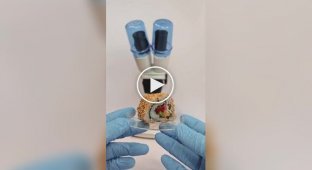“Being something doesn’t mean being someone”: the scary story of supermodel Gia (15 photos)
She became one of the first supermodels (a category of models in demand both on the catwalk and in photographs) to conquer the fashion world. Her story is precisely that the higher you fly, the more painful it is to fall. But she was alone. Unique. 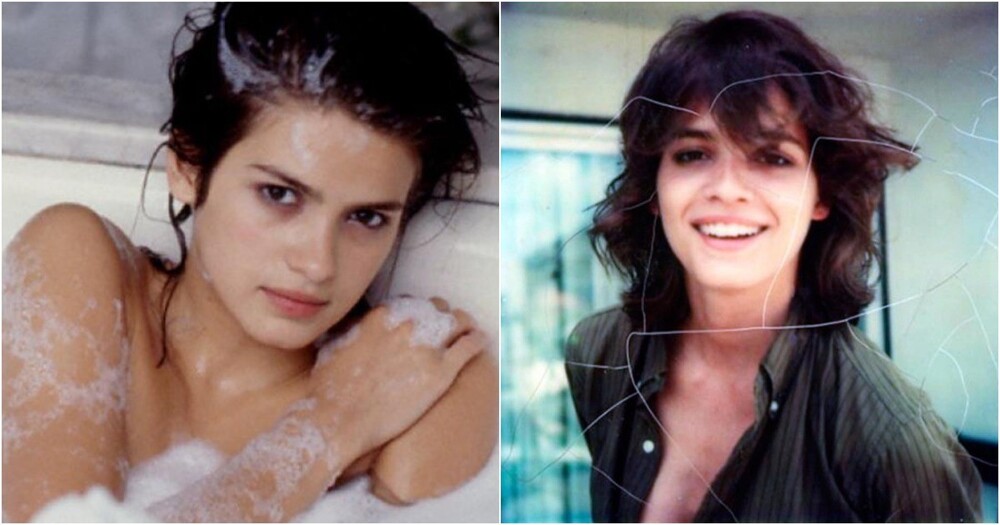
"Life and death. Energy and peace. If I stopped today, it was still worth it, and even the mistakes that I made and that I would correct if I could, the pain that burned me and left scars in my soul, - it was all worth it for me to be allowed to go where I was going: to this hell on earth, to this heaven on earth..."
from the diary of Gia Marie Carangi 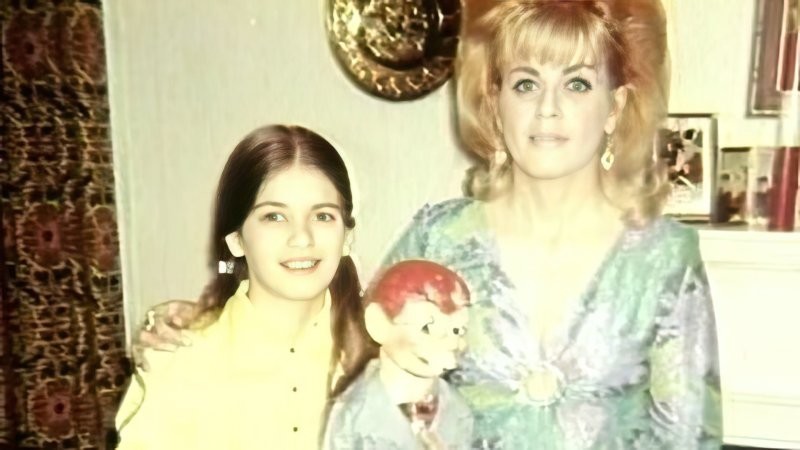
Kathleen. Gia as a child
On January 29, 1960, a girl was born in Philadelphia, who was named Gia Carangi. Her mother, Kathleen, was of Irish-Welsh blood, and her father, Joe, was Italian-American. What can I say, the mixture was hot and therefore the girl had a very memorable appearance. She took the best from both parents. Kathleen was a housewife, and Joe ran a modest chain of his own cafes. 
It all started in childhood. Gia was 11 years old when her mother left the family, leaving the children to their father. Her parents' divorce was a huge blow for her, because she desperately needed her mother's care and love.
Gia grew up and was always a bit of a tomboy - she was friends with boys, listened to David Bowie, and wore unisex clothes. 
At the age of 17, one of the local photographers noticed her and invited her to a photo shoot. After which he sent the pictures to Wilhelmina Cooper herself, the owner of a modeling agency in New York. The models’ relatives recalled that Gia always wanted to join the modeling world and understood that this is what she would like to do. When a young girl was invited to a meeting in New York, she agreed without hesitation. Wilhelmina herself was a former model and knew the business very well when she opened her own agency of the same name.
At first, Gia constantly went to castings, worked on some inconspicuous orders, but pretty soon her unconventional face and expressive gaze began to attract attention. And now, she has already become the most sought-after model of the 70s. And this despite the fact that at that time athletic blondes with a wide smile were in fashion. 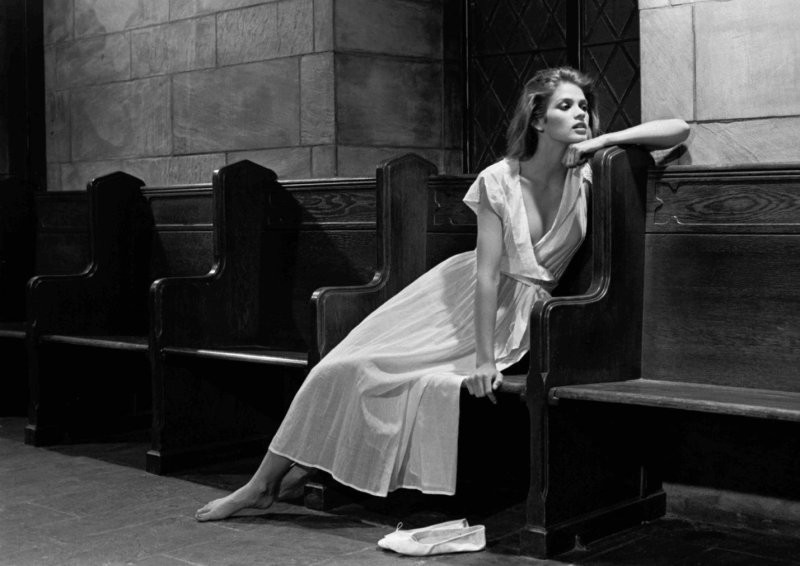
Another advantage of Gia was that she could easily transform into any image - a fatal beauty, a reckless hooligan, an exquisite lady. In all images, Karanji was organic. By the way, it is she who owns that signature look of catwalk models - serious, slightly sullen, which from that time on everyone began to try to portray. His career was flying upward at supersonic speed. Absolutely all agencies and photographers wanted to work with her. Her face looked out from everywhere - magazines, banners, flyers. 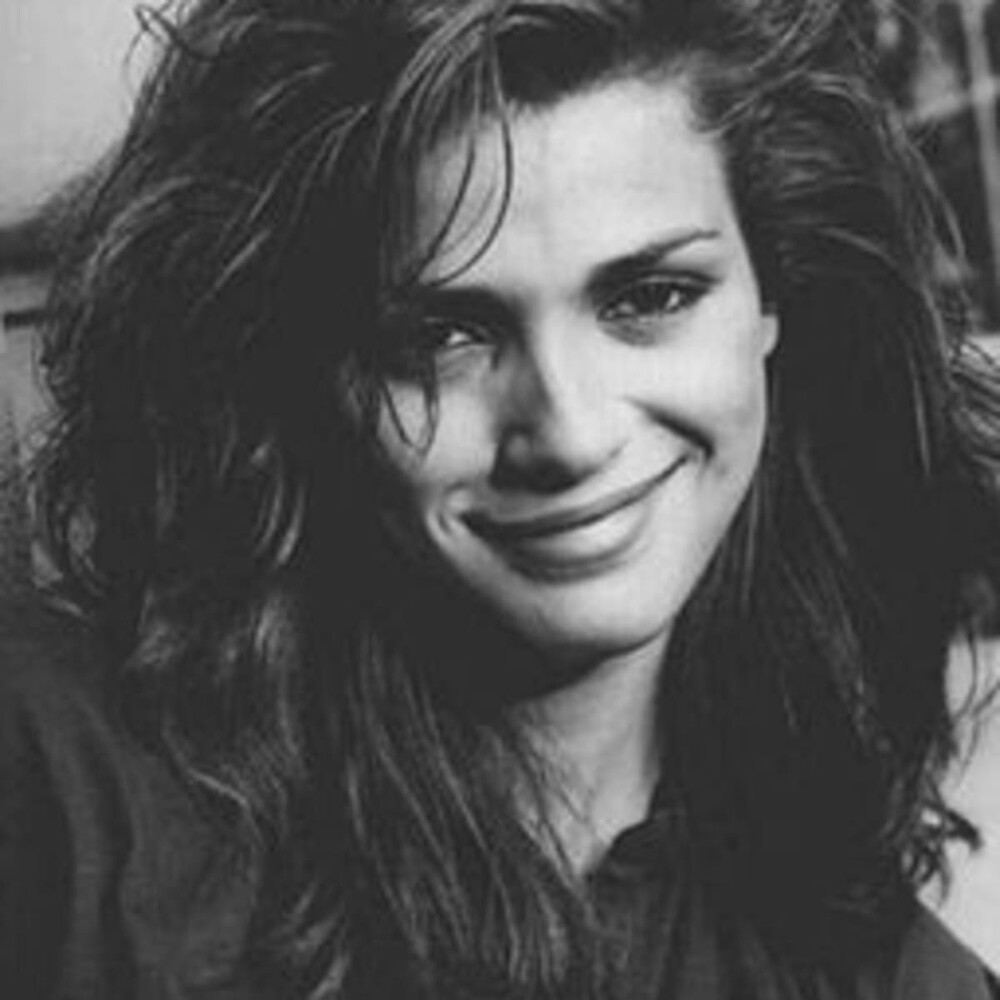
In life, Gia wanted something so simple and at the same time complex for the world in which she lived - true love. She was amorous, she always needed someone nearby. It is possible that her increased need for affection began in childhood, when her mother left her. One of her friends, also a model, once said in an interview that one night Gia came to her house because she desperately wanted someone to hug her. One can only imagine how lonely the young girl must have been. 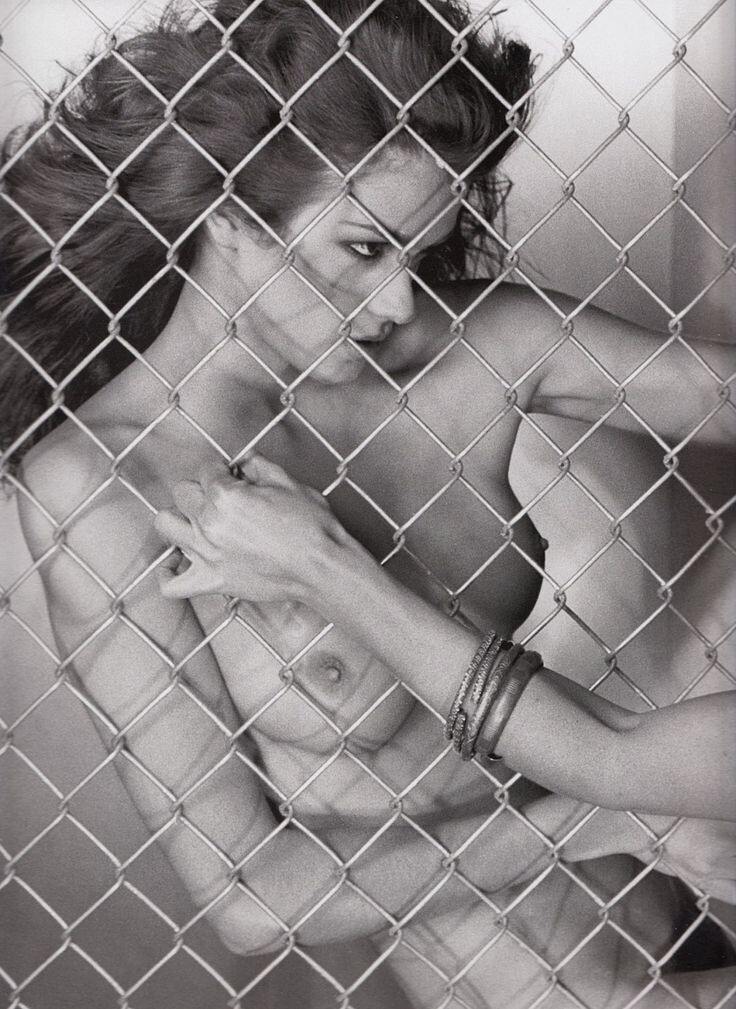
stills from Chris von Wangenheim's photo shoot
In 1978, Karanji came to shoot for Vogue magazine. After completing the required shots, the eccentric photographer Chris von Wangenheim invited Gia to stay and do a nude photo shoot. The model agreed. The makeup artist for the photo shoot was Sandy Linter, and she was just waiting for the shoot to end when Chris asked her to take part in this project and be in the frame with Gia.
Photos of the model standing behind a chain-link fence were truly scandalous for that time, and after them she became simply explosive. By the end of the year, Gia appeared on the covers of the most famous modern magazines. 
Now she could choose and agree only to those projects that were interesting to her. She became a studentengage in discussions of makeup, clothing and hairstyles. All. She's on top, she's the best. And this is where everything went wrong.
The times were wild, New York was buzzing with parties, the legendary “Studio 54” hosted the very best every weekend. Morals were free, drugs flowed like a river. Gia started with cocaine to help her relax. At that time it was something normal and no one made a problem out of a couple of tracks at a party. Haven't gotten hooked on it yet. 
Wilhelmina Cooper
But in 1980, Gia faced a serious loss - Wilhelmina Cooper died from a long illness. Despite her wild popularity and the fact that all the New York agents offered her contracts, Gia was faithful to her mentor, who became a truly close friend for her, and to some extent replaced the mother figure in the life of a 17-year-old street girl from Philadelphia. . The model was in a lot of pain, she was left alone and at that moment someone gave her heroin to try. 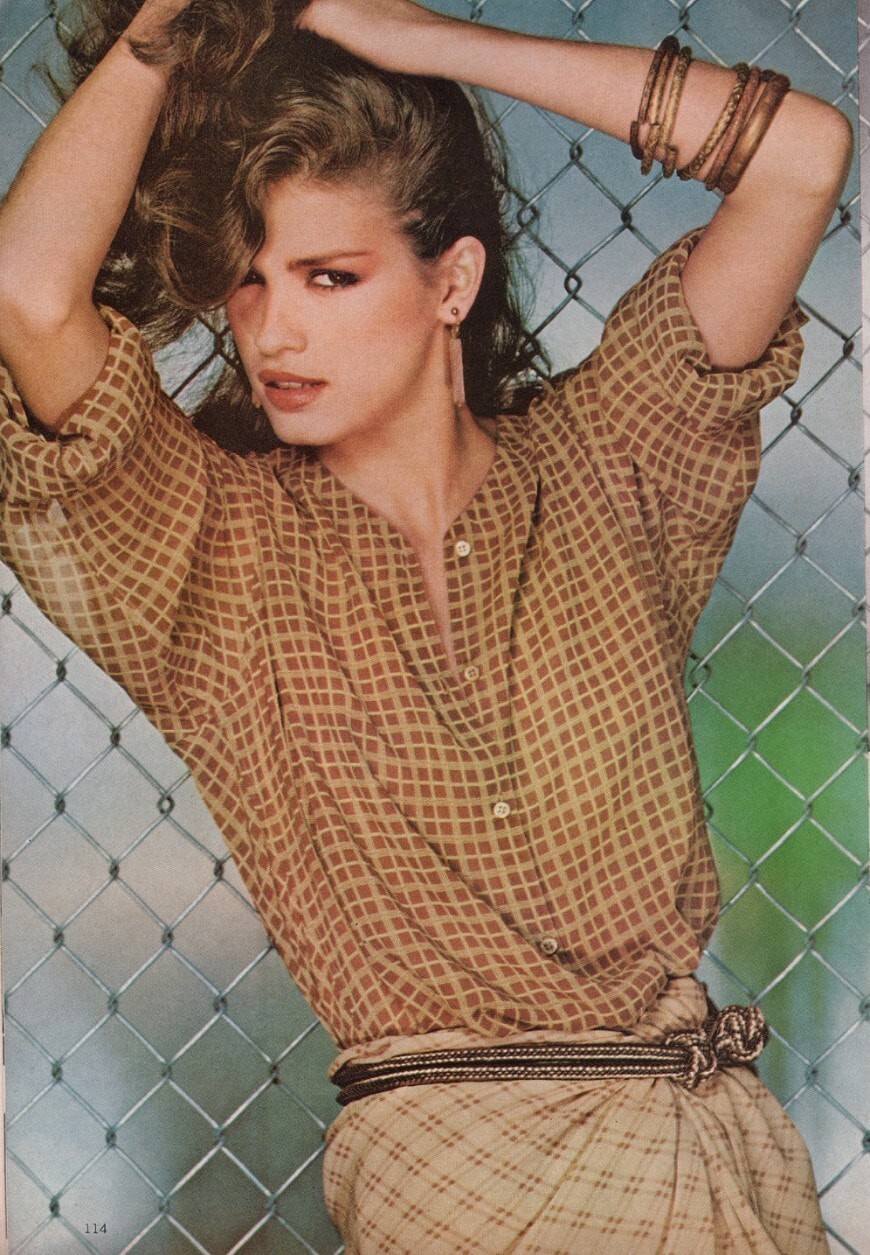
Karangi didn’t consider it anything serious, but like everyone who says “I’m in control of the situation,” she soon became deeply hooked. She began to be late for shooting, she might not show up at all, and photographers increasingly began to refuse to work with an unreliable model.
Michael Tighe, a photographer, said that there was an unspoken ban on models drinking. But Gia could take a dose even in the studio, which at first they turned a blind eye to because they needed her. Karanja's relatives honestly tried to help her, but to no avail. 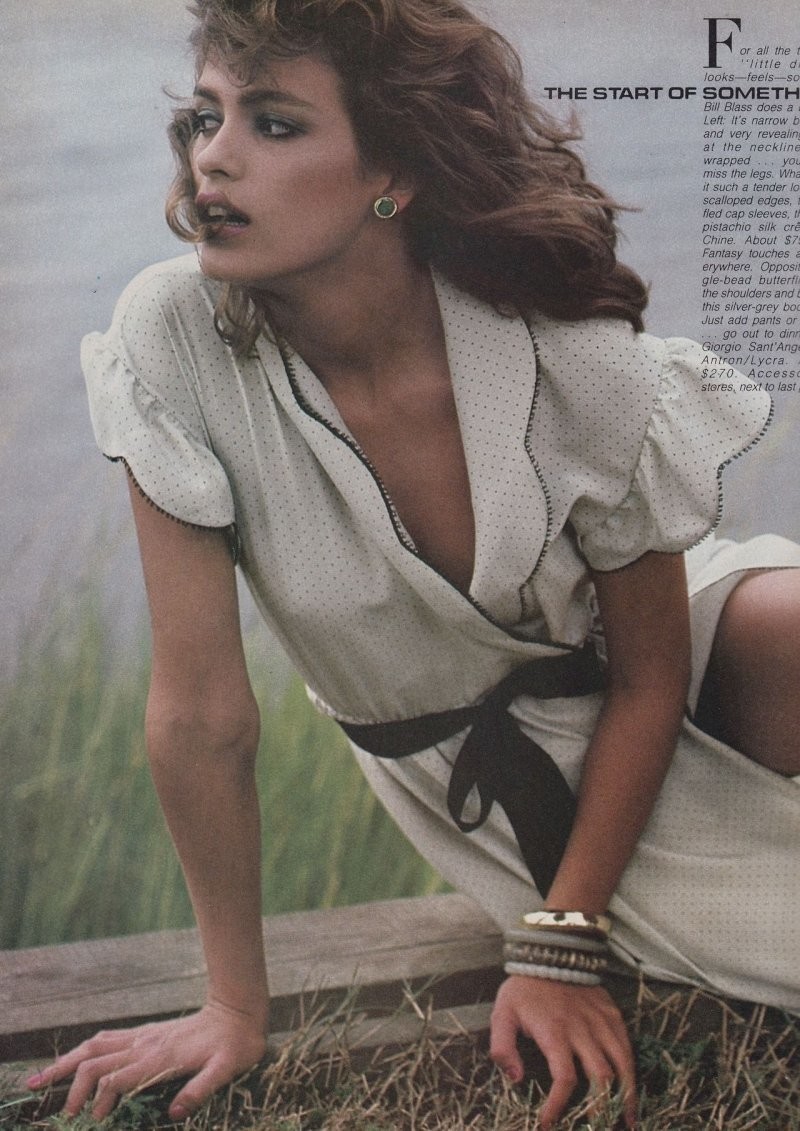
In a photo shoot for "Vogue" for November 1980, you can already see traces of injections on Karangi's hands, no matter how they tried to hide them with retouching.
Gia was further and further from reality and her interest, like that of any heroin addict, narrowed to the next dose. Drunk driving, stealing money from my mother's house. In 1981, she tried to undergo methadone treatment at a clinic, but the news of the death of her photographer friend ruined the entire treatment. She didn't know how to process the loss, she didn't understand how to cope with difficult news on her own. But she knew for sure that in that world she would not be so lonely and painful. 
“She was like a puppy! “Love me, love me, love me...” - that’s what Sandy Linter said about her
The year 1984 came and she decided to radically change her life. For six months, Gia was treated at the clinic. She earned tens of thousands of dollars per hour, but there was nothing left of the fees. The supermodel lived on benefits, but after being discharged from the clinic she felt better. She even got a job at the store and enrolled in college preparatory courses. Everything was fine for three months and she relapsed. Karanji began to look worse, her skin became covered with scars, and there were persistent ulcers on her hands. 
"Life is not heaven, you don't have to be perfect" Gia
When she was at her mother's house in 1986, she felt a sharp pain in her head and ears. She was admitted to the hospital with suspected severe pneumonia. They cured me, sent me home, and a month later I was back in the hospital with the same diagnosis. It no longer looked like a coincidence and the doctors began to take tests. Gia was diagnosed with AIDS. 
One of the most beautiful women in the USA was dying horribly. The disease disfigured her and she began to decompose while still alive. Gia was buried in a closed coffin.
She died on November 18, 1986.
And the fashion world didn’t even know about her death. Most of those with whom she worked did not find out about Karangi's death until a year later, and very few people came to the funeral itself. Back then, AIDS was something new, little known, and scared the hell out of everyone. 
Yes, you can say that she killed herself and that would be the absolute truth. But, at the same time, behind the mask of a confident and luxurious woman was hiding a girl whom probably no one had ever truly loved. Abandoned and too young to handle copper pipes, which, as we know, are stronger than water and fire.













